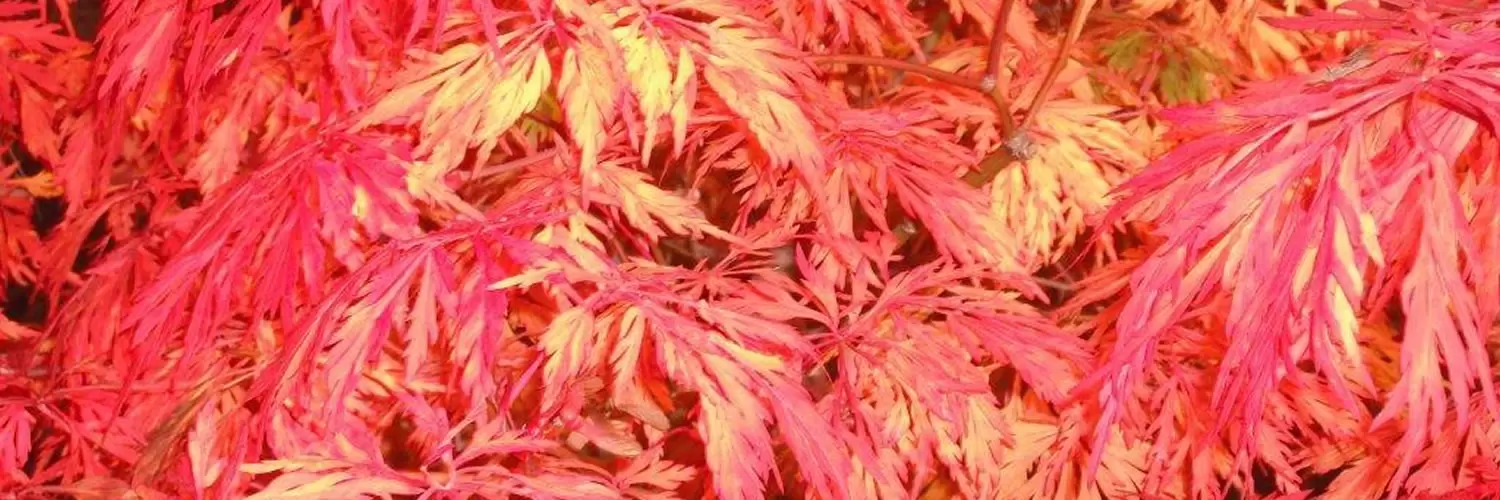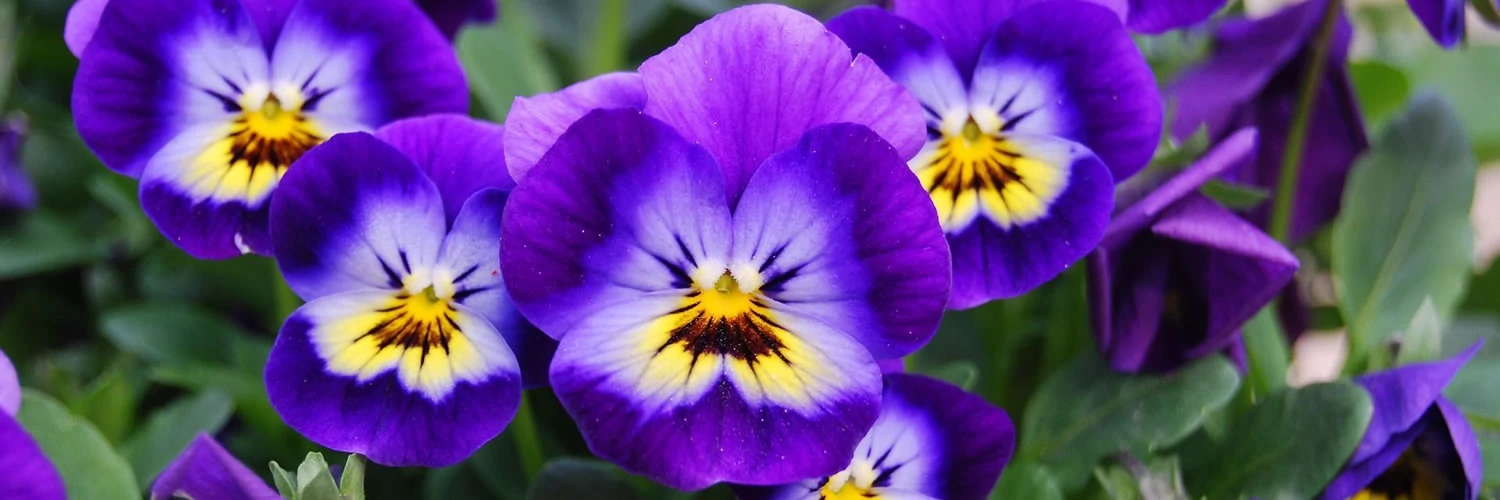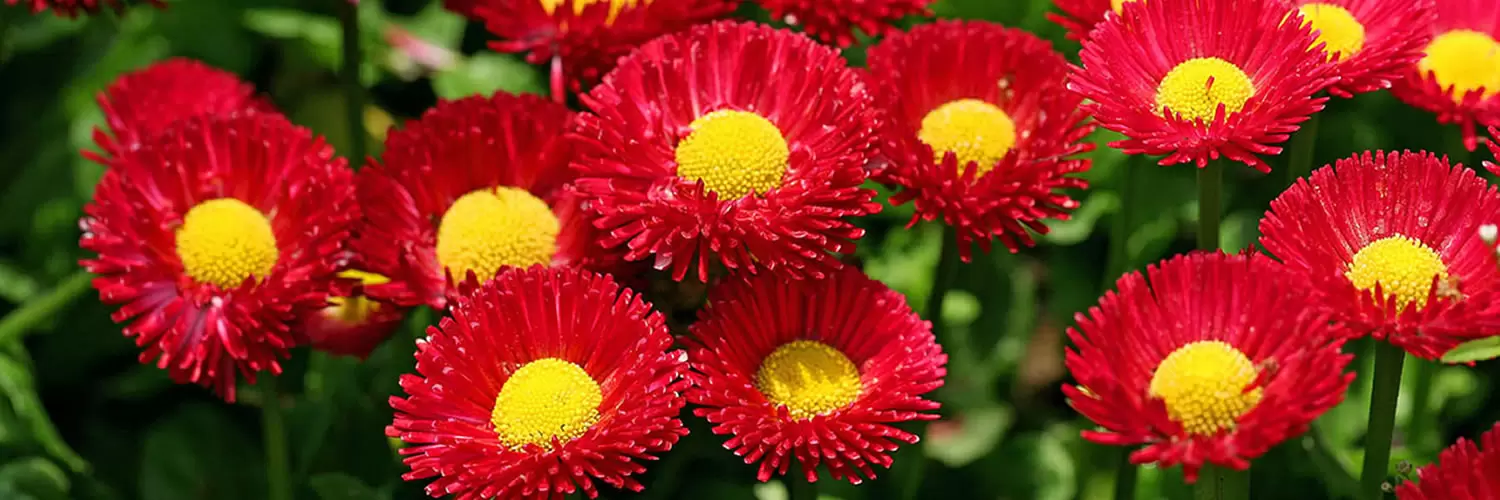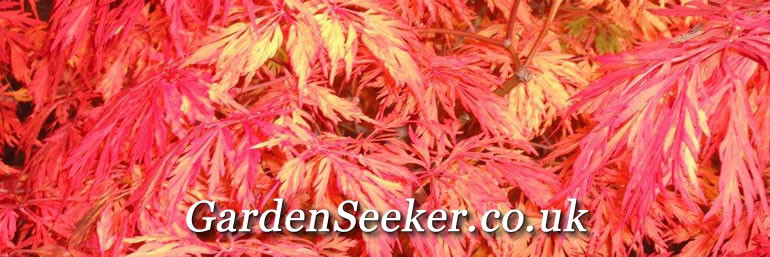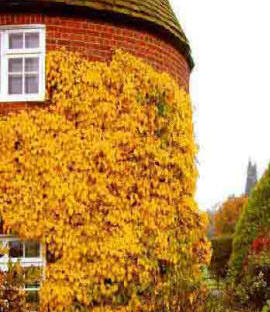Climbing Hydrangea is best against a wall – either brickwork, rendered or even dry stone walling. In spite of the aerial root system of climbing, I have never seen damage to a wall – even a wall with loose or soft lime mortar. It seems that the stems will simply move up to the next firm brick or stone, before using its roots for anchorage.
Bear in mind the ultimate height of the climber, and realise that once it has reached to top of its support (wall) than it can sometimes ‘search’ under eaves of the roof.
One slight problem that can occur – if the climber is planted against an old wall – is that of leaf chlorosis yellowing from the lime that sometimes washes down from the lime mortar. This can lead to a yellowing of the leaves and if severe, browning and leaf loss. Overcome this by annual mulch at the base, using either peat or any organic material.
As with other Hydrangeas, soil type is not too important as long as not inherently high ph level. Bases of walls can often be dry areas, which do not seem to have too much effect on mature plants. Watering at and after planting time is always a good idea.
Growing this plant against a fence or trellis is not the best way forward – neither as a pergola plant. Solid fences are no problem
